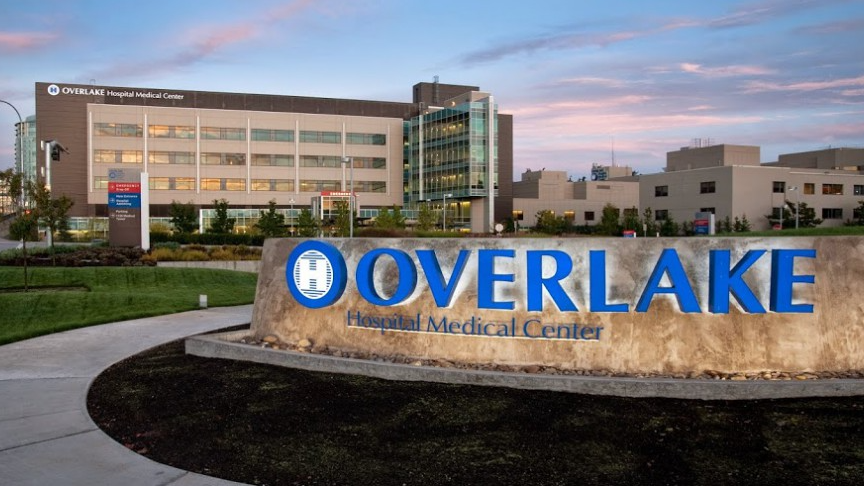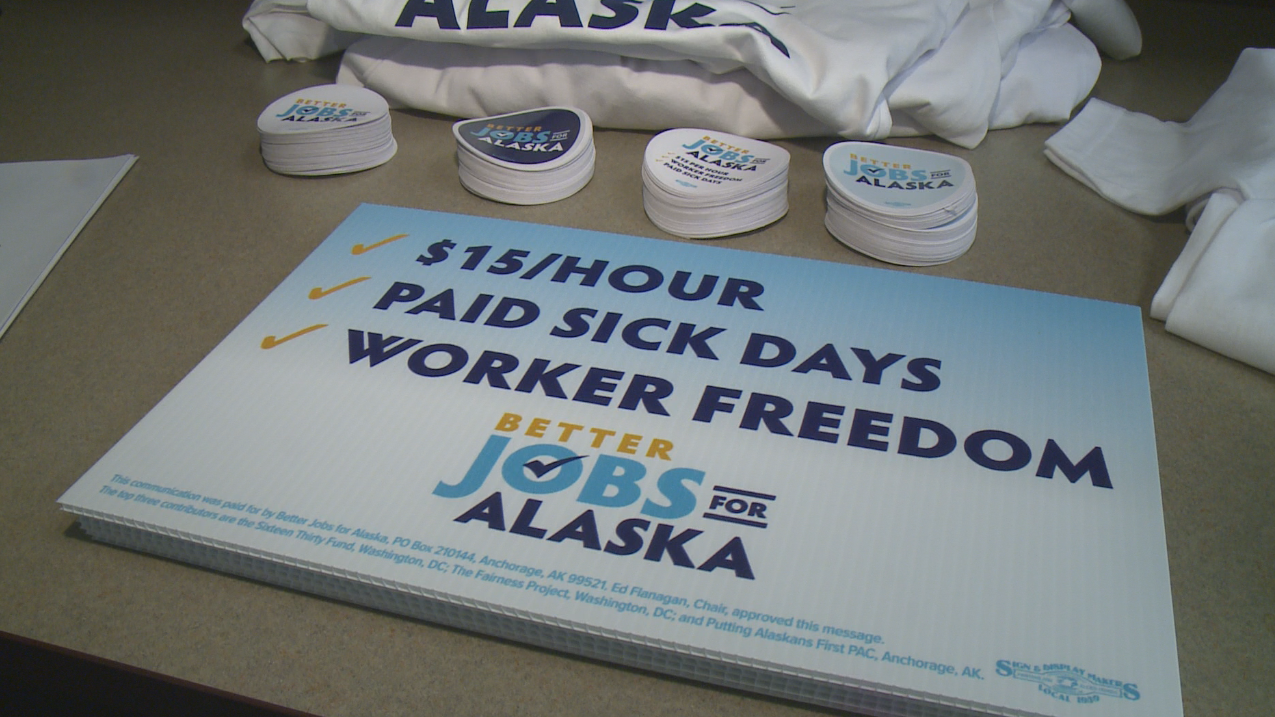Employer-sponsored health coverage which satisfies the Affordable Care Act (ACA) must not exceed 9.61% of an employee’s income according to the Internal Revenues Service’s (IRS) new guidelines. This threshold was 9.83% in 2021. The IRS annually adjusts the affordability threshold based on the rate of premium growth for the preceding year over the rate of consumer-price-index growth.
Because of this change in the threshold percentage, employers need to review their health coverage plans for 2022 as they may not meet the new guidelines.
What does this equate to?
Employers offering a health plan option in 2022 that costs employees no more than $103.14 per month for employee-only coverage will automatically meet the ACA affordability standard under the new federal poverty line (FPL) affordability safe harbor. This marks the first time the safe harbor dollar amount has declined. In 2021, the amount was $104.53 per month for employee-only coverage.
Why is this important?
Under ACA, the affordability threshold is the highest percentage of household income an employee can be required to pay for monthly health insurance plan premiums, based on the least expensive employer-sponsored plan offered. These plans must meet the ACA’s minimum essential coverage requirements.
Because employers do not know the entire household income of their employees, companies use the affordability percentage with one of three ‘affordability safe harbors’:
- Employee’s W-2 wages
- Employee’s hourly wages multiplied by 130 hours per month
- Federal Poverty Level ($12,880)/12 months
The Federal Poverty Level is the lowest calculation of safe harbors because it does not need a per-employee calculation. ($12,880/12) X 9.61% = $103.14/month
ACA is only required for Applicable Large Employers (ALE). They must determine the number of Full-Time Equivalent (FTE) employees it has. An FTE employee is one who averages 30 per week or 130 hours per month during the employer’s measurement period. Most employers use one year as their measurement period, but others have shorter time frames. If a business has 50 or more FTE, it must comply with ACA.
What are the penalties for not adhering to the new threshold?
There are two penalties for not meeting the threshold.
Section 4980H(A) – ‘A’ Penalty
The A penalty applies when the ALE does not offer minimum essential coverage to at least 95 percent of its full-time employees in any given calendar month and at least one full-time employee receives a premium tax credit to help pay for coverage through an ACA marketplace exchange.
The IRS has not yet released its 2022 shared-responsibility penalty amounts, but the A penalty is projected to increase slightly to $229.17/month ($2,750 annualized) multiplied by all full-time employees (reduced by the first 30 employees). In 2021, the penalty was $225/month.
Section 4980H(B) – ‘B’ Penalty
The B penalty applies when the ALE does offer coverage to at least 95% of full-time employees, but each full-time employee was not offered an option of “minimum essential coverage” that was “affordable” and provided “minimum value.”
The IRS has not released its 2022 B penalty, but it is projected to increase slightly to $343.33/month ($4,120 annualized) per full-time employee receiving subsidized coverage through the ACA Marketplace.
Does this sound complicated?
Let Time Equipment Company provide the ACA solution for you with Visual ACA. Visual ACA includes the following:
- Managing the look-back method of employee status determination
- Provide ongoing evaluation of full-time, part-time, and variable hour employees
- Identify when you must offer qualifying employees health insurance
- Determining if your company is an Applicable Large Employer.
In addition, for a nominal fee, Visual ACA can prepare the company’s 1094-C and employee’s 1095-C documentation and submit them to the IRS.
For more information on Visual ACA, contact Time Equipment Company at (800) 997-8463 or sales@timeequipment.com.
*This information simplifies complex Acts as it is understood by Time Equipment Company. It is not to be taken as legal advice. The regulations for this program are changing. For further information contact the Internal Revenue Service.










